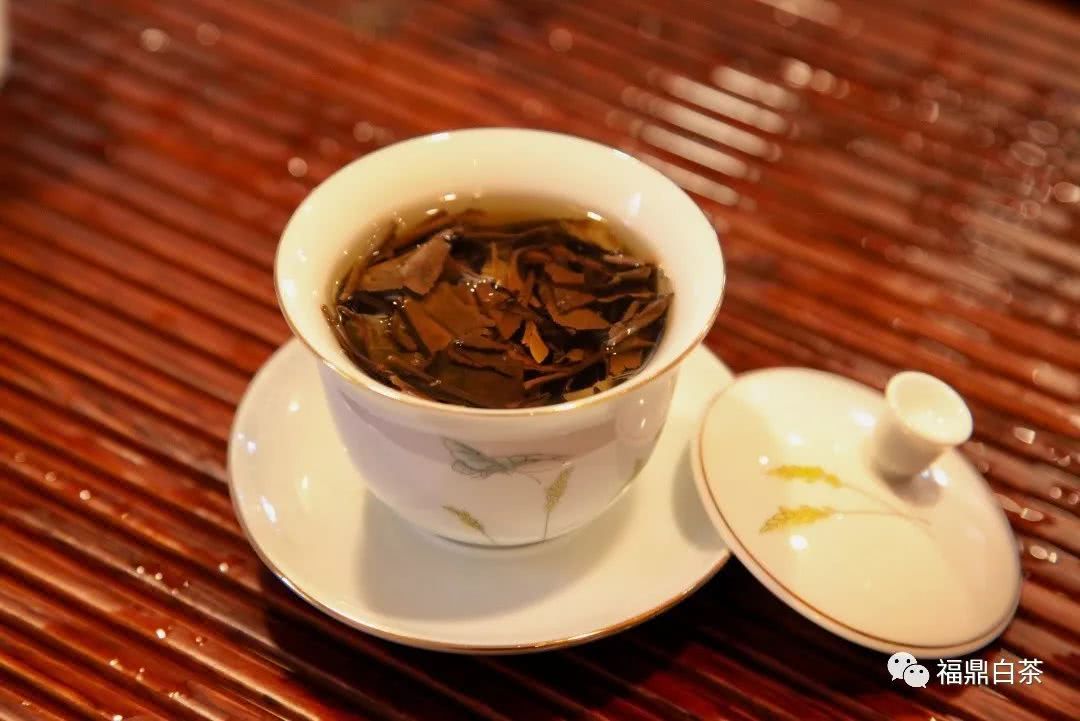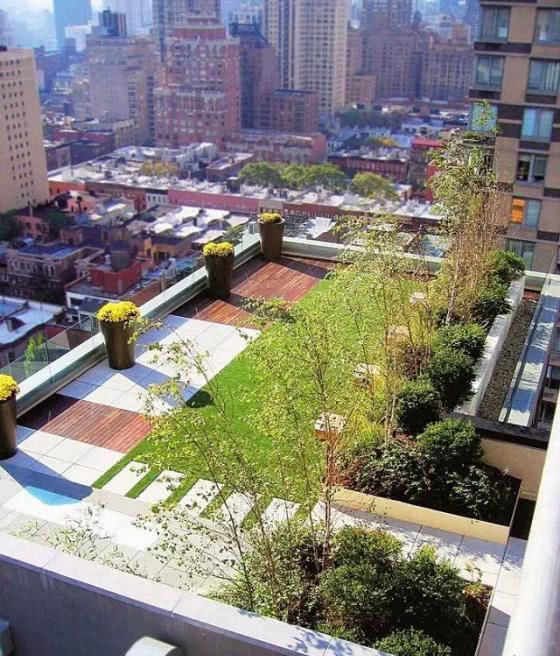The last step of tasting white tea at the bottom of the leaf

When tasting white tea, we can evaluate the quality of a cup of white tea from the aspects of dry tea appearance, endoplasm, aroma, taste, soup color and leaf bottom. dry tea is the first step in tasting white tea, and its aroma is the first one encountered when tasting white tea. will not be easily ignored, and tea soup is the key to tea taste, therefore, many people tend to ignore the step of observing the bottom of the leaves.
Observing the leaf bottom, judging the tenderness, evenness, color and relaxation of the leaf bottom by the eyes, and observing the addition of other sundries is a good way to truly and objectively identify the quality of white tea.
Tenderness of the bottom of the leaf
The tenderness of the leaf bottom is the content of the bud head and tender leaves of white tea and the old and tender degree of the overall leaf quality. By observing the leaf bottom of white tea, we can directly feel the tenderness of tea, and we can also understand the quality of white tea.
When the tea has been soaked to no taste, take a leaf bottom on the hand, gently press the bottom of the leaf, soft indicating good tenderness, the quality of the leaf is hard and loose means that the leaf is old, and the quality of the leaf is thick and soft is the best, it represents good tenderness, and its substance is more abundant.
The color of the bottom of the leaf
By observing the color of white tea bottom, we can understand the advantages and disadvantages of white tea processing. It is best to have several kinds of tea together to compare the color of white tea, otherwise it is easy to be affected by light, environment and subjective factors.
The overall discrimination of the color of the leaf bottom depends on whether the color of the white tea is normal or not. for the new white tea, the color of the leaf bottom is light green, light apricot yellow or light yellow green, showing a fresh, moist and full state. If the leaf bottom of the old tea is brewed, then its overall color will tend to be dark, and the color of the old tea is brown, yellowish brown and so on, which is the normal white tea bottom.
If the white tea turns red, it is mostly excessive withering, if it is dark, it shows that the temperature and humidity are too high, so the color of the leaf bottom is the most direct, reflecting the advantages and disadvantages of white tea processing technology.
The degree of relaxation of the leaf bottom
The dry tea of white tea shows a dry, thin and crisp feeling before it is brewed, which can be easily broken with a hand, but the tea will gradually stretch out after the infiltration of boiling water, and at this time, the degree of relaxation of the leaves, you can directly see how the activity of white tea is!
The activity of white tea is mainly reflected in the pressing of old white tea, the internal substance of old tea is rich, the dissolution rate of nutrients is slower, and the change of leaves is relatively slow, but it will eventually stretch out and show a look full of vitality.
For some white tea of poor quality or substandard processing skills, the bottom of the leaf may not open and tighten after brewing. Such old white tea is inactive white tea, which will not be transformed even if it is stored for a long time.
- Prev

14 roof design cases want a hanging garden? A penthouse terrace can be achieved.
14 cases of roof "garden design", roof garden provides a very direct way, green roof design needs to be pleasant, for the public to enjoy the space, want a hanging garden? A penthouse terrace can be achieved! Rooftop flowers.
- Next

August balcony potted plants, this kind of vegetable soiled grow a piece of rapid growth, 15 days on the table
August and September are the time to plant autumn vegetables. At this time, the temperature is suitable, and vegetables grow faster. If you want potted vegetables can also eat "fast vegetables", then why not all kinds of radish seedlings, its planting method is simple, seeds scattered in the soil can live, health...
Related
- Wuhan Hospital Iron Tree Blooming Result Was Instantly Frightened by the Gardener Master
- Which variety of camellia is the most fragrant and best? Which one do you like best?
- What is the small blue coat, the breeding methods and matters needing attention of the succulent plant
- Dormancy time and maintenance management of succulent plants during dormancy
- Minas succulent how to raise, Minas succulent plant pictures
- What are the varieties of winter succulent plants
- How to raise succulent plants in twelve rolls? let's take a look at some experience of breeding twelve rolls.
- Attention should be paid to water control for succulent plants during dormant period (winter and summer)
- Watering experience of twelve rolls of succulent plants
- Techniques for fertilizing succulent plants. An article will let you know how to fertilize succulent plants.

